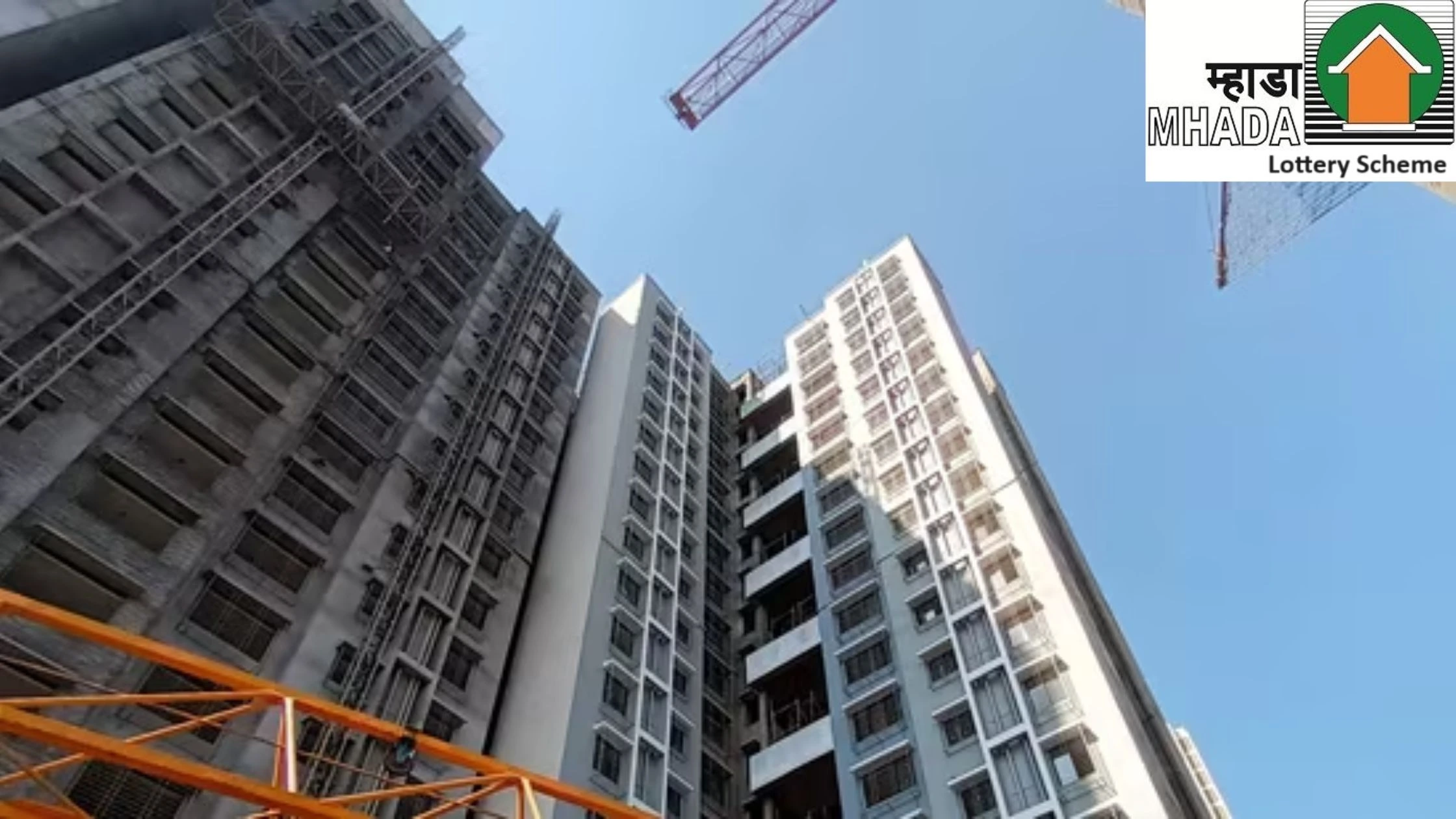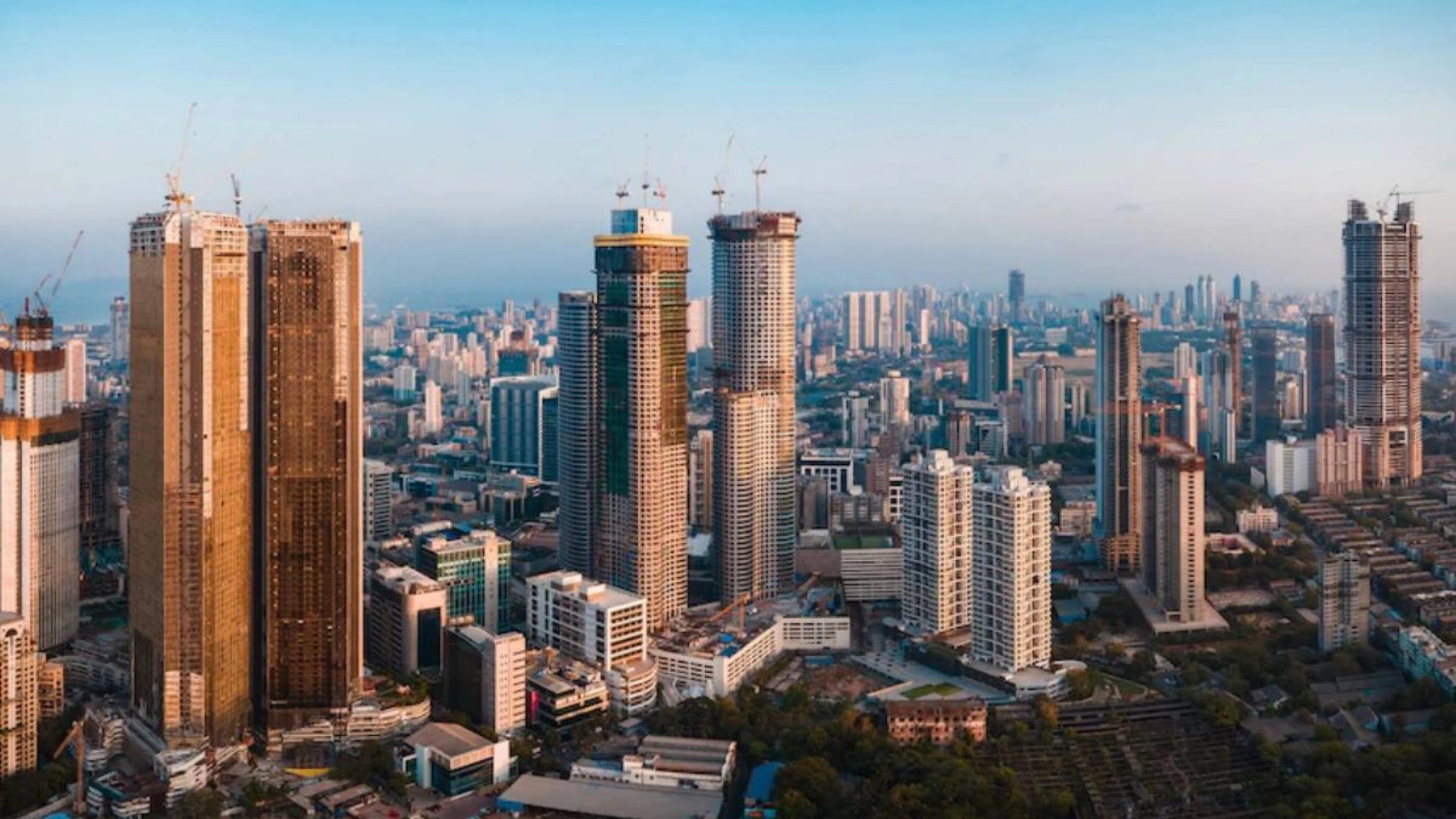Table of Content
Delhi’s urban landscape is poised for a major transformation with the proposed JLN Stadium redevelopment. Spanning 102 acres in central Delhi, the plan envisions a modern sports city that blends world-class infrastructure with heritage preservation. Drawing inspiration from global models like Qatar’s Aspire Zone and Australia’s multi-sport complexes, the project aims to position Delhi as a hub for international sporting events, potentially including the 2036 Olympics and the 2030 Commonwealth Games.
While the scale and ambition of this project are significant, real estate experts suggest that its impact on the city’s ultra-premium property prices is likely to be more about prestige reinforcement than sudden price surges.
Transforming JLN Stadium into a Global Sports Hub
The JLN Stadium redevelopment is designed as a comprehensive sports and lifestyle destination. Plans include multipurpose arenas, training facilities, wellness zones, and integrated residential and entertainment spaces. Currently, only 28% of the stadium’s land is actively used, leaving ample room for a thoughtfully planned mixed-use complex.
By incorporating lessons from global sporting zones, the redevelopment is expected to create a modern, sustainable sports ecosystem. This aligns with India’s ambitions to host large-scale international sporting events, offering facilities that meet world-class standards while serving as a hub for elite athletes, corporate training programs, and recreational sports enthusiasts.
Also Read: GRAP 3 in Delhi-NCR: Builders Seek Site-Specific Relief to Avoid Project Delays
Impact on Delhi’s Luxury Property Market
Ultra-premium areas surrounding the stadium, such as Golf Links, Lodhi Estate, Sundar Nagar, and Khan Market, are already among Delhi’s most expensive real estate pockets, with bungalows often priced above ₹100 crore. According to developers and consultants, the JLN Stadium redevelopment is unlikely to trigger dramatic price increases in these zones.
Instead, experts highlight that the project will reinforce the area’s prestige value. Improved amenities, enhanced green spaces, and proximity to world-class sports infrastructure are expected to sustain long-term stability in property values. For investors and homeowners, the redevelopment offers assurance that these neighborhoods will retain their exclusivity and continue to attract high-net-worth residents seeking wellness-oriented luxury living.
Potential Benefits for Nearby Neighbourhoods
Neighbourhoods slightly farther from the stadium, including Defence Colony, Jor Bagh, Jangpura, and South Extension, could experience lifestyle-driven appreciation. These areas, characterized by high-end apartments rather than sprawling bungalows, stand to benefit from better access to sports, wellness, and recreational facilities.
Rising demand is expected from corporate tenants, expats, and athletes, potentially boosting rentals. For example, Jor Bagh flats currently sell for around ₹25 crore, and Defence Colony apartments fetch ₹13–14 crore. Post-redevelopment, monthly rentals of ₹4–5 lakh could see a 15–20% uptick, driven by lifestyle appeal rather than speculative price inflation.
Expert Insights
Leading real estate consultants, including Anshuman Magazine (CBRE) and Rohit Chopra (Southdelhiprime.com), emphasize that the JLN Stadium redevelopment will primarily stabilize values rather than inflate them. Both highlight that long-term gains are more likely to stem from enhanced urban liveability, improved connectivity, and wellness-oriented amenities rather than speculative buying.
Developers also support the use of a public-private partnership (PPP) model, which allows for sustainable financing, professional operations, and timely completion, further reassuring residents and investors about the project’s credibility.
Lessons from Other Sports-Led Developments
Delhi’s redevelopment can be contrasted with other sports-centric projects like Omaxe State in Dwarka and Noida Sports City. While Dwarka’s PPP sports complex is gradually progressing, Noida’s earlier sports city initiatives fell short of delivering promised infrastructure.
The JLN Stadium redevelopment, by virtue of its prime central location, is less about monetizing real estate and more about enhancing urban experience. Its success depends on meticulous planning, balanced use of public and private resources, and thoughtful integration with surrounding neighborhoods.
Broader Urban and Social Implications
Beyond real estate, the redevelopment carries wider urban significance. By integrating top-tier sports and wellness infrastructure, Delhi positions itself as a global city capable of hosting international events while enhancing residents’ quality of life.
Potential spillover benefits include improved transportation links, increased tourism, and event-driven economic activity. However, planners must also address local concerns such as traffic management, noise control, and preservation of open spaces to ensure the project maintains Delhi’s civic character.
Also Read: Uttar Pradesh to Reduce Stamp Duty and Registration Fees on Rent Agreement
Gen-Z and Lifestyle Shift in Luxury Housing
The next generation of affluent buyers increasingly values wellness, experiential living, and fitness-oriented lifestyles over traditional markers of luxury. Proximity to world-class sports facilities, gyms, and wellness zones is becoming a key differentiator in luxury real estate marketing.
For apartment owners in Jor Bagh, Jangpura, and Defence Colony, the redevelopment is likely to enhance lifestyle appeal, moderately boosting both property values and rental yields. Here, appreciation is driven by prestige and experience, not mere infrastructure speculation.
Conclusion
The JLN Stadium redevelopment represents a strategic, prestige-driven upgrade to Delhi’s urban fabric. While unlikely to cause sharp real estate price escalations, it will consolidate the ultra-premium appeal of central Delhi neighborhoods and enhance the city’s global profile.
This project signals a shift from conventional construction-led growth to quality-of-life-centric urban planning, blending world-class sporting infrastructure with the enduring charm of Delhi’s elite residential enclaves. For homeowners and investors, the redevelopment offers a unique combination of lifestyle enhancement, prestige reinforcement, and long-term stability in one of India’s most coveted real estate markets.


_1764657403.webp)

_1764578993.webp)




Ans 1. The project aims to transform the 102-acre JLN Stadium area into a modern sports city with multipurpose arenas, training facilities, wellness zones, and integrated residential and entertainment spaces, drawing inspiration from global sports hubs.
Ans 2. Experts suggest that the redevelopment will reinforce prestige and long-term stability in ultra-premium areas but is unlikely to cause sudden or dramatic price hikes. Appreciation will mainly be lifestyle-driven.
Ans 3. Central Delhi areas like Golf Links, Lodhi Estate, Sundar Nagar, and Khan Market will see reinforced prestige. Nearby neighborhoods such as Defence Colony, Jor Bagh, Jangpura, and South Extension could experience lifestyle-driven appreciation and moderate rental growth.
Ans 4. High-end apartments in areas like Jor Bagh and Defence Colony could see rental increases of 15–20% due to enhanced lifestyle appeal, wellness amenities, and improved access to sports infrastructure.
Ans 5. The public-private partnership model ensures sustainable financing, professional operations, and timely project completion, enhancing credibility and reducing risks for investors and residents.
Ans 6. By creating world-class sports infrastructure, Delhi positions itself to host international sporting events like the 2030 Commonwealth Games and potentially the 2036 Olympics, boosting tourism and economic activity.
Ans 7. The project prioritizes quality-of-life enhancements, wellness-oriented amenities, and urban experience over real estate speculation, aiming for long-term prestige and stability rather than short-term price spikes.
Ans 8. Gen-Z and affluent buyers increasingly value wellness, fitness, and experiential living. Proximity to sports and wellness facilities enhances lifestyle appeal, influencing property choices and moderate value appreciation.